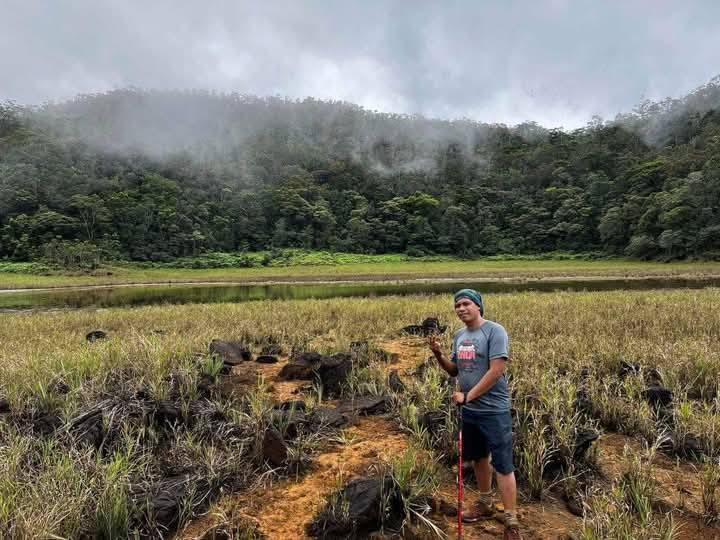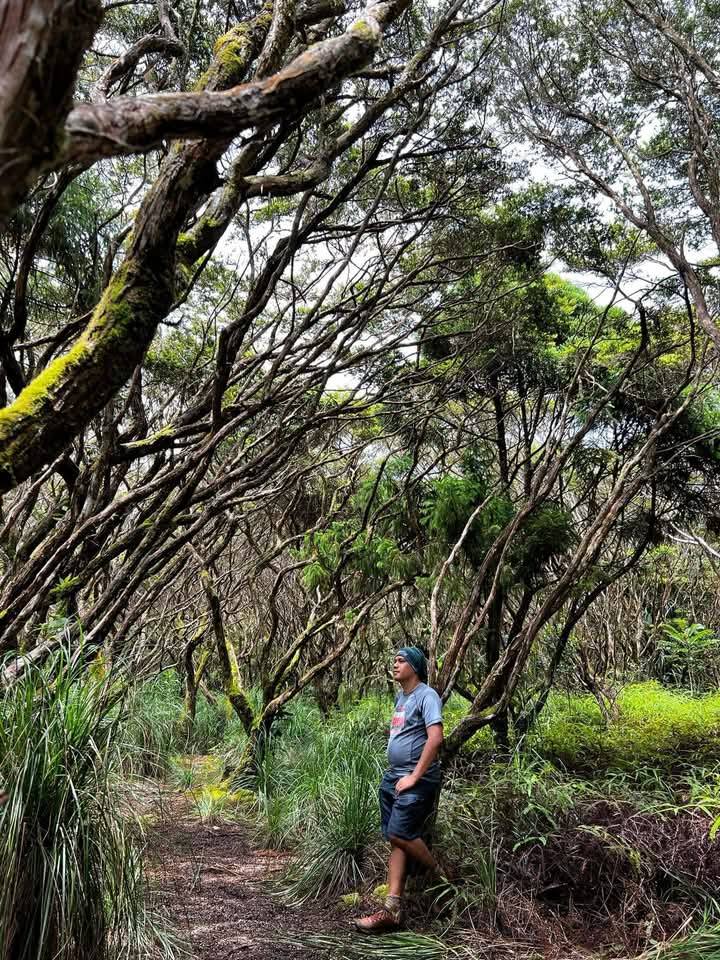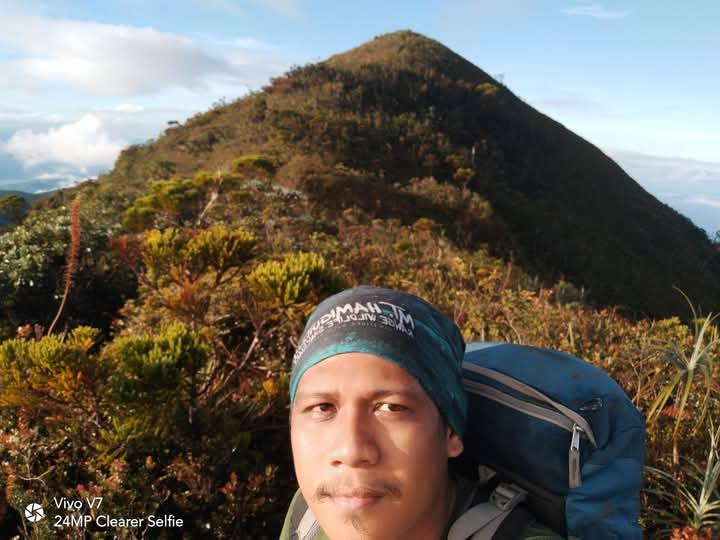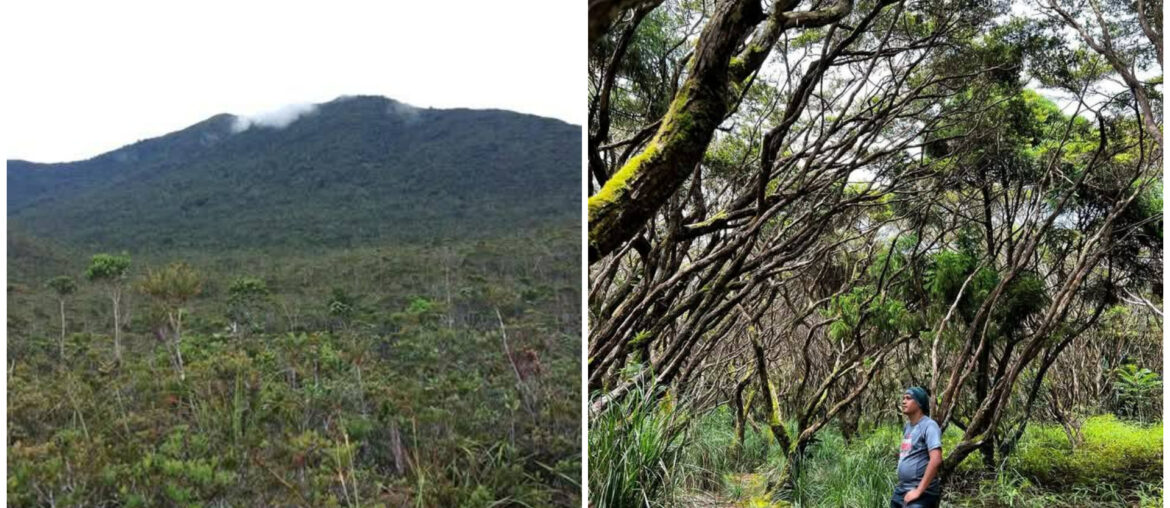A mountain ridge along the Pujada Peninsula with an elevation range of 75-1,637 meters above sea level, Mount Hamiguitan provides a safe haven for a variety of plants and animals including critically endangered species.

In the province of Davao Oriental, Mount Hamiguitan is a “bonsai” forest with an abundance of Mother Nature’s best features and is recognized as a world heritage site. The area has a segmentation of terrestrial habitats with each elevation having unique characteristics. In the lower elevations, it houses 1,380 total species, including 341 Philippine endemics. In higher elevations, the forest is covered in moss and hosts 105 animal species. The moss covers the roots and trunks of the trees, providing a soft green carpet to adventurers who venture deep into the area. This gives the forest a fantastical vibe that seems to take you to another dimension.
What Makes It a Pygmy Forest?
The forest covers more than 1,200 hectares, making it the biggest pygmy forest in the world. The peak is situated between 1,160 to 1,200 meters above sea level. The ultramafic volcanic soil, which is rich in heavy metals but low in nutrition, is the reason why the nearby trees, which are centuries old, only reach a height of around 4.5 feet.

The Ecological Importance
The highest of the sanctuary’s five vegetation zones, the mossy pygmy ecosystem, is found in the Pygmy forest. Rare and endemic species, such as the pitcher plant Nepenthes hamiguitanensis, which is unique to this area, may be found here. Last but not least is the dendrochilum kopfii, a ground orchid with lovely white blossoms, and the Delias magsadana, a butterfly species that is unique to this woodland.

Folklore and Mystery
Along the trail, you will arrive at the Tinagong Dagat (meaning “hidden sea”), an ancient volcanic crater partially filled with a misty lake, which indigenous Mandaya people believe experiences changing tides, hence its name. A short hike away from the crater was another mysterious site called Hidden Garden, a grassless grove of dwarf sagimsim trees. Locals attribute their pruned appearance to engkantos or nature spirits who live deep within the forests.

Conservation and Recognition
The forest is a component of the ASEAN Heritage Park and the Mount Hamiguitan Range Wildlife Sanctuary, both of which are UNESCO World Heritage Sites. Mayor Justina Yu’s conservation initiatives assisted in defending the region against the dangers of logging and mining. Nepenthes justinae, a species of pitcher plant, bears her name. In a major biogeographic area of the Philippines, the Mount Hamiguitan Range Wildlife Sanctuary is a full, largely intact, and extremely diversified mountain environment. In addition to many endemic species, including those that are unique to the Philippines, Mindanao, and the designated site, its richness of plants and animals includes species that are internationally threatened.

What You Need before You Trek
Apply for a trekking permit at least 10 days in advance through the Protected Area Management Office (PAMO) or the San Isidro LGU.Submit a medical certificate proving you’re fit for extreme activities. Only 30 hikers are allowed at a time to protect the ecosystem.
How to get there
Exact Location: It spans between San Isidro, Governor Generoso and Mati in Davao Oriental
- By Commute: From Davao City, Take a Sigaboy-bound bus or van from the Davao City Overland Transport Terminal.
- By Car: From Davao City, Take the Davao–Mati Road eastward toward Mati City. At Manikling Junction, turn right toward San Isidro. Drive straight to Barangay La Union, the official jump-off for Mount Hamiguitan treks.



Comments are closed.